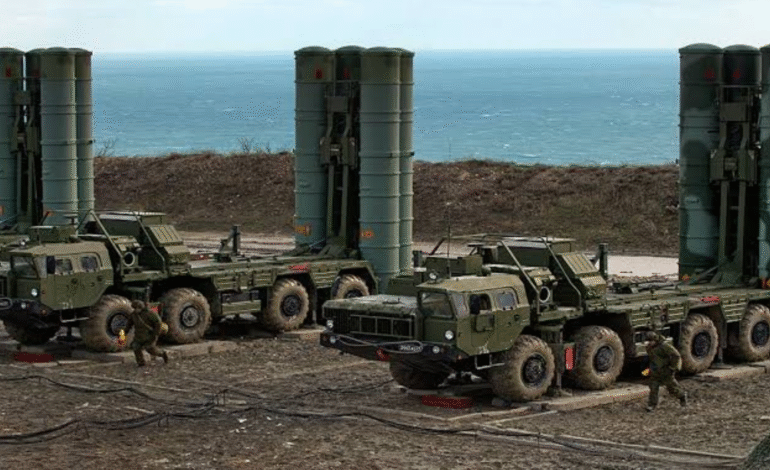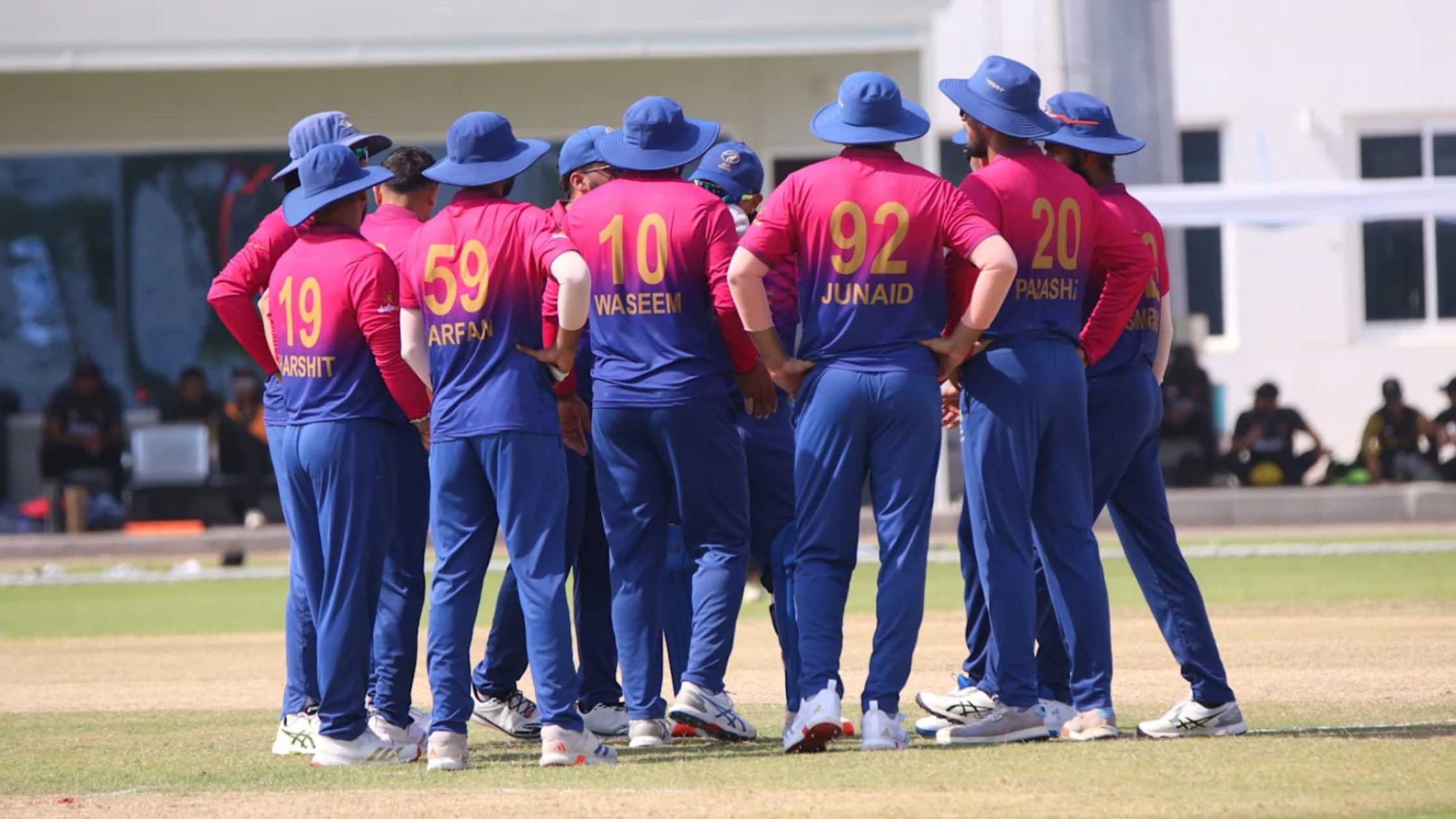India’s S-400 Air Defence Readiness After Operation Sindoor

India has taken a resolute stance after the Pahalgam terror attack, responding with Operation Sindoor and preparing its strategic defences for any future threats. Central to this preparation is the activation of the S-400 Triumf air defence system, one of the most advanced in the world. As tensions persist, particularly along the borders with Pakistan and China, the deployment of these systems signals a new phase in India’s security readiness. With capabilities that rival the best globally, the S-400 stands as a critical element of India’s air defence network.
What is the S-400 Triumf missile defence system?
The S-400 Triumf is a mobile surface-to-air missile (SAM) system developed by Russia’s Almaz-Antey. It represents a significant upgrade over its predecessor, the S-300 series, with enhanced capabilities to counter a wide range of airborne threats. First inducted into Russia’s defence forces in 2007, the S-400 is now considered one of the most formidable air defence systems. With Russia already working on the S-500, the S-400 remains a cornerstone of strategic deterrence for several nations, including India.
The system integrates multiple advanced technologies, allowing it to detect, track, and eliminate targets with high precision. Its mobility and rapid deployment time—ready for action in just five minutes—make it particularly suited to respond to sudden threats.
India’s acquisition and operational deployment of the S-400 system
India signed a contract with Russia in October 2018 to procure five regiments of the S-400 Triumf missile system, valued at approximately USD 5.43 billion at the 2018 exchange rate. This deal marked a major shift in India’s air defence posture, reflecting the country’s intent to modernise and prepare for multi-front challenges.
So far, three of the five regiments have been delivered and are operational. The remaining two are expected to arrive by August 2026. Though the Russia-Ukraine conflict has caused logistical delays, India has managed to integrate the delivered systems into its defence architecture effectively.
The regiments have been strategically deployed in the North, West, and East regions of India. While precise locations remain classified, it is understood that one regiment is stationed in the Northwest (Punjab region) to counter aerial threats from Pakistan. Another is placed in the Northeast—likely Arunachal Pradesh or Assam—to address potential threats from across the Line of Actual Control (LAC) with China. The third regiment is believed to be deployed in Western India, possibly Rajasthan.
Technical capabilities of the S-400 air defence system
The S-400’s appeal lies in its advanced tracking and engagement capabilities. It can track up to 300 targets simultaneously and engage 36 of them at once. The system is effective against a wide array of aerial threats, including aircraft, drones, ballistic missiles, and cruise missiles.
One of its defining features is its missile versatility. The S-400 is equipped with four different missile types, each designed for different ranges:
40N6E: Longest range at 400 km
48N6E3: Range of up to 250 km
9M96E2: Medium range of 120 km
9M96E: Shorter range of 40 km
These missiles give the S-400 a multi-layered defence capability. Coupled with 360-degree surveillance radars such as the 96L6E, the system can also detect stealth aircraft, which are traditionally more difficult to track.
The S-400’s radar and communication systems are also resistant to jamming and electronic interference, adding another layer of resilience. It can be integrated with older systems like the S-300, as well as with shorter-range defences such as the Tor and Pantsir, to create a comprehensive air defence shield.
S-400’s strategic role in Operation Sindoor aftermath
Following the terror attack in Pahalgam and India’s decisive response with Operation Sindoor, the S-400’s activation is part of a broader defence preparedness strategy. In the event of any retaliatory action or escalation by adversarial states, India’s airspace will be significantly guarded.
The S-400 not only acts as a deterrent but also boosts morale among armed forces and the general public. Its presence ensures a credible defence posture that can neutralize multiple threats with high success rates. While its primary objective is defence, the psychological edge it provides is equally crucial in conflict zones.
India’s development of indigenous air defence under Project Kusha
In parallel to foreign acquisitions, India is steadily working towards self-reliance in air defence through initiatives like Project Kusha. Spearheaded by the Defence Research and Development Organisation (DRDO), this indigenous missile defence system aims to provide layered protection against aerial threats.
Project Kusha envisions the deployment of Long-Range Surface-to-Air Missiles (LR-SAMs) that can intercept aircraft, stealth fighters, drones, and incoming missiles at ranges between 150 km and 350 km. The program is inspired by global systems like the S-400 and Israel’s Iron Dome but is tailored to India’s unique geographical and strategic requirements.
Once operational, Project Kusha will complement existing systems and potentially reduce dependence on foreign vendors. This initiative reflects India’s broader focus on Atmanirbhar Bharat, or self-reliance, in the defence sector. It also positions India as a future exporter of air defence systems, aligning with global trends in defence collaboration.
Challenges in the deployment and integration of missile systems
Despite the technological advancements, deploying and integrating high-tech missile systems like the S-400 comes with challenges. Training personnel, establishing robust logistics, and ensuring interoperability with existing defence architecture are complex tasks.
Another aspect is geopolitical. India has had to navigate diplomatic sensitivities, especially from nations critical of defence ties with Russia. The United States, for instance, has its CAATSA (Countering America’s Adversaries Through Sanctions Act) law, which could potentially affect countries procuring Russian military equipment. However, India has managed to balance these relationships diplomatically.
Additionally, the ongoing Russia-Ukraine conflict has implications on defence deliveries. Supply chain constraints and resource diversion have caused delays in the S-400 regiment deliveries. Nevertheless, India’s defence authorities have worked around these hurdles to ensure operational readiness of the units already received.
The S-400 and India’s air defence future
India’s deployment of the S-400 marks a transformative moment in its national defence policy. As regional tensions persist and new forms of aerial warfare emerge, India’s preparedness is being recalibrated with a multi-pronged strategy. The combination of imported advanced systems like the S-400 and indigenous projects such as Kusha reflects a nuanced, balanced approach.
Going forward, India is expected to continue investing in both procurement and domestic development of air defence technology. Future systems will likely incorporate AI for target identification, autonomous operation, and faster reaction times.
The synergy between India’s defence forces, research institutions, and strategic partnerships with global allies will shape its trajectory in aerial defence.
Air defence as a pillar of strategic sovereignty
India’s move to activate and integrate the S-400 Triumf missile system showcases a broader vision of national security. While Operation Sindoor was a moment of decisive action, the ongoing deployment of state-of-the-art air defence mechanisms signals long-term preparedness.
With three regiments already functional and two more on the way, India’s ability to neutralize any airborne threat has been significantly strengthened. The S-400, backed by indigenous innovations like Project Kusha, places India on the path of both strategic independence and technological excellence.
In a world of evolving threats, air superiority and defence are no longer optional—they are fundamental. India’s investments and readiness in this space highlight its commitment to safeguarding sovereignty while remaining anchored in principles of responsible defence and regional stability.








1 Comment
[…] world witnessed the power of Make in India and its weapon through Operation Sindoor,” Modi said. He emphasized that Indian missiles, guided by accurate intelligence and strong […]
Comments are closed.